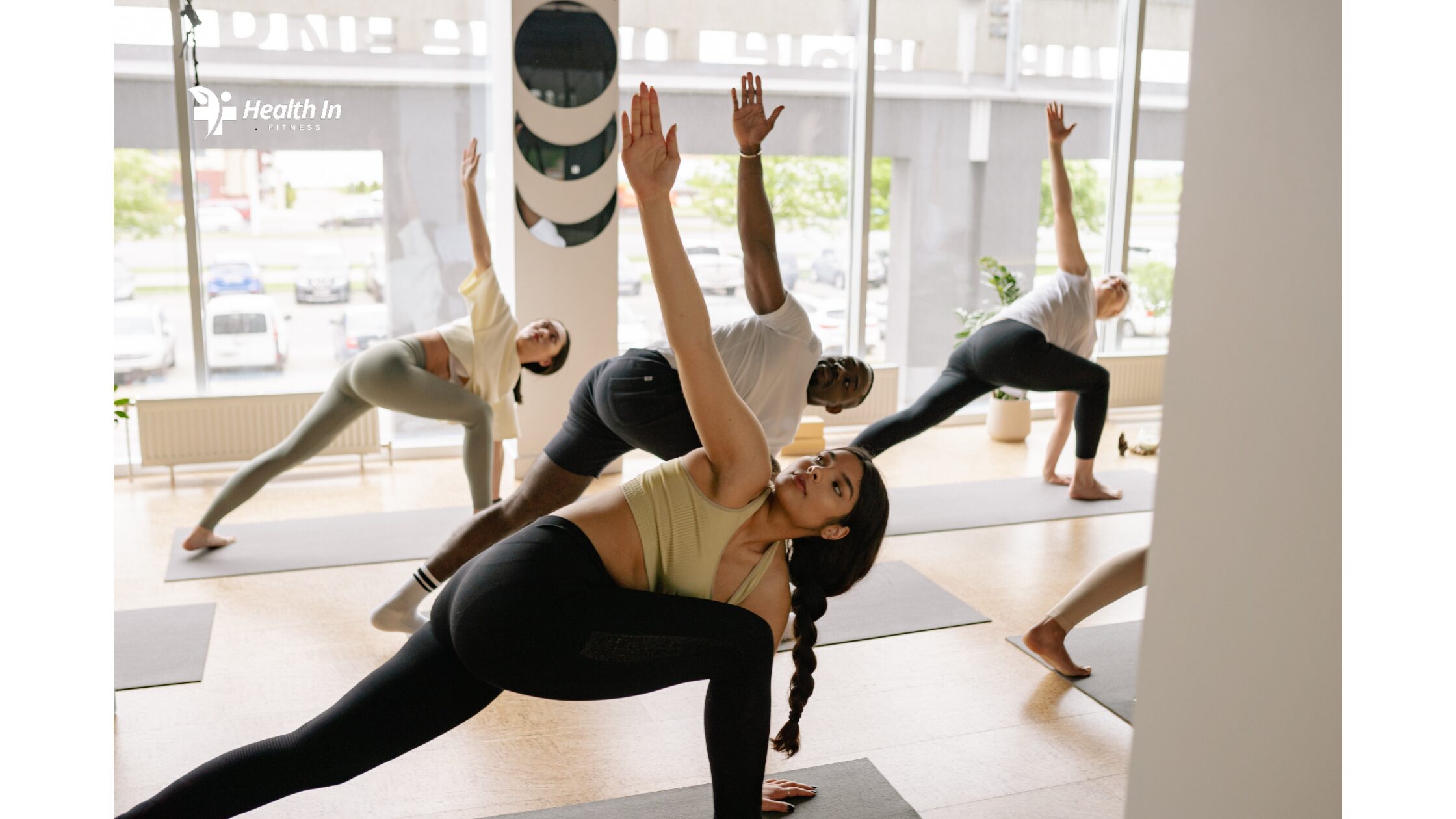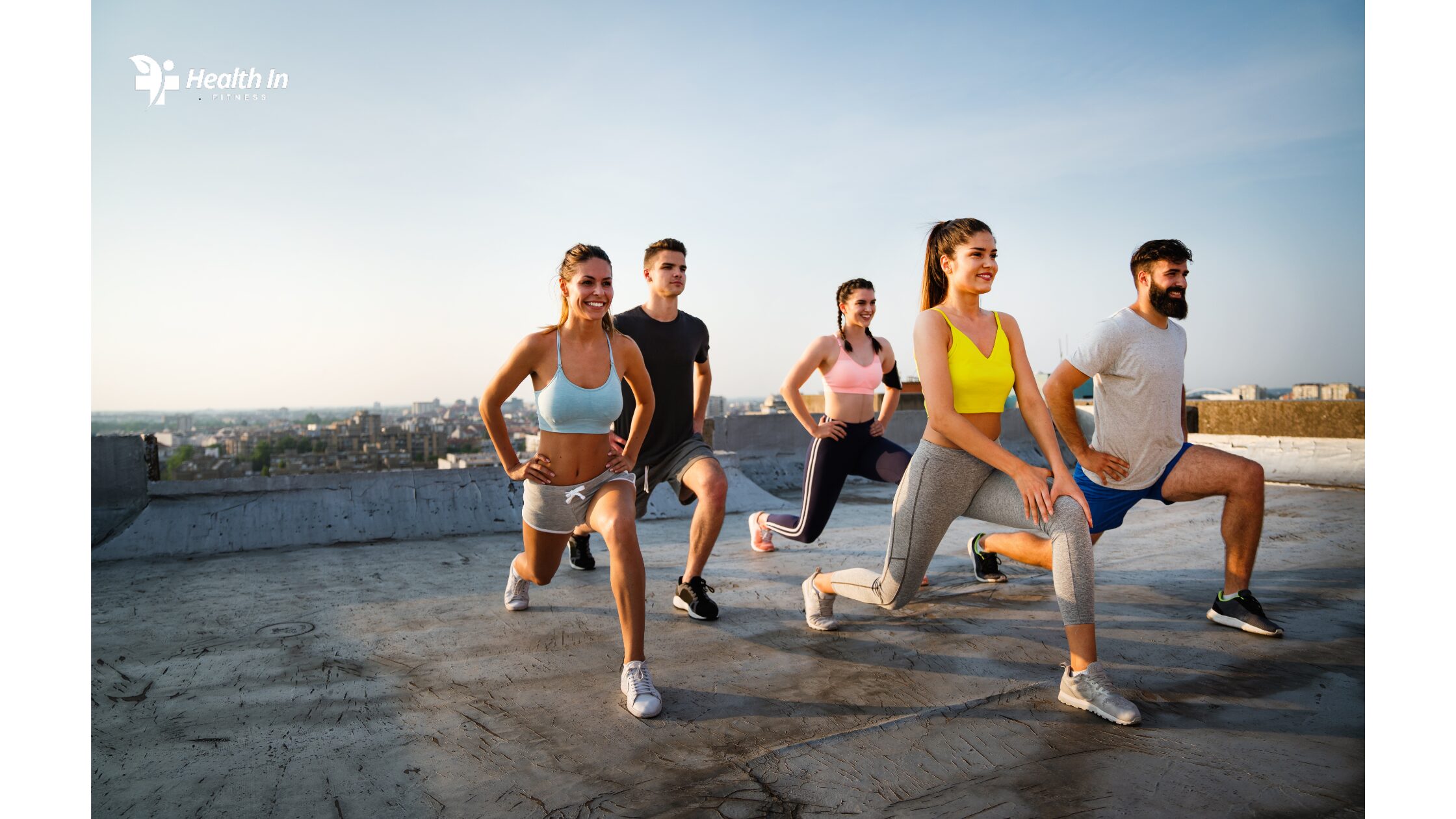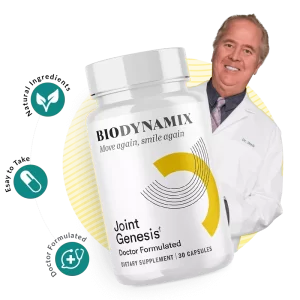Introduction
A workout is more than just physical activity—it’s a commitment to improving your health, building resilience, and achieving a balanced lifestyle. Whether your goal is weight loss, muscle gain, stress relief, or enhanced endurance, the right workout routine can unlock your potential and lead you toward a healthier, happier life.
In this comprehensive guide, we’ll explore the key elements of effective workouts, provide routines for every fitness level, and share expert tips to help you stay motivated and consistent. Whether you’re a beginner or an experienced athlete, this guide will equip you with everything you need to make 2024 your fittest year yet.
Why Workouts Matter
Engaging in regular workouts delivers benefits that go beyond physical fitness. Here’s why making workouts part of your routine is essential:
1. Physical Health Benefits
- Improves cardiovascular health and strengthens your heart.
- Builds muscle, enhances flexibility, and boosts bone density.
- Helps maintain a healthy weight by burning calories and improving metabolism.
2. Mental Health Benefits
- Reduces stress by releasing endorphins that improve mood.
- Enhances focus, productivity, and mental clarity.
- Supports better sleep patterns by regulating energy and relaxation levels.
3. Emotional and Social Benefits
- Builds confidence through achieving fitness goals.
- Creates opportunities to connect with others in group workout settings or classes.
- Promotes a sense of accomplishment and overall well-being.
Types of Workouts
A variety of workout types ensures that you can target specific goals and keep your routine fresh. Here are the most popular categories of workouts:
1. Strength Training
- What It Is: Exercises that use resistance, such as weights, bands, or bodyweight, to build muscle and strength.
- Examples: Squats, deadlifts, bench presses, push-ups, and dumbbell curls.
- Benefits: Increases muscle mass, improves bone density, and boosts metabolism.
2. Cardio Workouts
- What It Is: Activities that elevate your heart rate to improve cardiovascular health.
- Examples: Running, cycling, swimming, and brisk walking.
- Benefits: Enhances stamina, burns calories, and strengthens the heart.
3. Flexibility and Mobility Training
- What It Is: Focused on improving joint range of motion and preventing injuries.
- Examples: Yoga, Pilates, and dynamic stretching.
- Benefits: Reduces stiffness, enhances posture, and supports functional movement.
4. High-Intensity Interval Training (HIIT)
- What It Is: Alternates short bursts of intense activity with brief recovery periods.
- Examples: Sprint intervals, burpees, and kettlebell swings.
- Benefits: Maximizes calorie burn, improves aerobic and anaerobic capacity, and saves time.
5. Functional Fitness
- What It Is: Exercises that mimic daily movements to improve overall strength and coordination.
- Examples: Kettlebell lifts, step-ups, and medicine ball throws.
- Benefits: Improves balance, stability, and real-world strength.
Designing an Effective Workout Plan
Creating a personalized workout plan helps you stay consistent and focused on your goals. Here’s how to design an effective plan:
1. Assess Your Fitness Level
Before starting a new workout routine, evaluate your current fitness level to avoid injury and set realistic expectations.
2. Define Your Goals
Identify your primary objectives—whether it’s weight loss, building muscle, or increasing endurance—and tailor your plan accordingly.
3. Balance Your Routine
Include a mix of strength, cardio, and flexibility exercises to create a well-rounded workout plan.
4. Set a Schedule
Determine how many days a week you can dedicate to working out and stick to your schedule. Beginners can start with 3–4 days per week, while advanced individuals may work out 5–6 days.
5. Incorporate Rest and Recovery
Allow time for rest to prevent burnout and injury. Active recovery, such as stretching or light yoga, can also be beneficial on rest days.
Beginner Workout Plan
If you’re new to working out, start with a simple routine that builds a foundation of strength, endurance, and confidence:
Day 1: Full-Body Strength
- Bodyweight squats – 3 sets of 12 reps
- Push-ups (knees or standard) – 3 sets of 10 reps
- Dumbbell rows – 3 sets of 12 reps per arm
- Plank hold – 3 sets of 20 seconds
2: Cardio
- 20–30 minutes of brisk walking, cycling, or jogging.
Day 3: Rest or Active Recovery
- Stretching or yoga for 15–20 minutes.
Advanced Workout Plan
For experienced individuals, an advanced workout plan can help push your limits and achieve new milestones:
1: Upper Body Strength
- Bench press – 4 sets of 8 reps
- Pull-ups – 3 sets of 10 reps
- Overhead dumbbell press – 4 sets of 10 reps
- Plank with shoulder taps – 3 sets of 30 seconds
Day 2: Cardio and Core
- Sprint intervals (30 seconds sprint, 1-minute walk) – repeat 8 times
- Russian twists – 3 sets of 15 reps per side
- Hanging leg raises – 3 sets of 12 reps
Day 3: Lower Body Strength
- Barbell squats – 4 sets of 8 reps
- Romanian deadlifts – 3 sets of 10 reps
- Walking lunges – 3 sets of 12 reps per leg
- Calf raises – 3 sets of 15 reps
Tips for Staying Motivated
- Set Short-Term Goals: Break your larger fitness goals into smaller, more achievable milestones to keep yourself motivated.
- Track Your Progress: Use a fitness journal or app to monitor your performance and celebrate improvements.
- Mix Up Your Workouts: Prevent boredom by trying new exercises, classes, or workout formats.
- Find a Workout Partner: Exercising with a friend can make workouts more enjoyable and keep you accountable.
- Reward Yourself: Treat yourself to new fitness gear or a healthy snack after reaching a goal.
Common Barriers and Solutions
1. Lack of Time
- Opt for shorter, high-intensity workouts like HIIT that maximize results in less time.
- Incorporate movement into your daily routine, such as walking during breaks or using stairs.
2. Low Motivation
- Create a playlist of your favorite upbeat songs to energize you.
- Schedule your workouts at a time of day when you feel most productive.
3. Plateaus
- Gradually increase the intensity or duration of your workouts.
- Consult a fitness coach to add variety and challenge to your routine.
Elevating Your Workout Routine
As you progress on your fitness journey, refining your workout routine and incorporating advanced techniques can take your results to the next level. Whether your goal is to build strength, increase endurance, or enhance overall well-being, introducing variety and intentionality into your workouts ensures consistent progress and keeps you motivated.
1. Understanding the Importance of Periodization
One of the most effective ways to enhance your workout routine is through periodization—a structured approach to training that alternates between phases of intensity, volume, and recovery.
- What It Is: Periodization breaks your training into cycles, such as strength-building, endurance-focused, or recovery periods.
- Why It Works: This method prevents plateaus, reduces the risk of overtraining, and allows your body to recover while still improving.
- How to Implement It:
- Beginner Level: Alternate weeks of higher intensity with weeks focused on lighter workouts and mobility.
- Intermediate/Advanced Level: Follow a structured plan with blocks for strength, hypertrophy (muscle growth), and endurance.
By periodically adjusting your routine, you can continue to challenge your body and achieve long-term fitness gains.
2. Adding Supersets and Drop Sets for Efficiency
Time-efficient workouts are essential for staying consistent, especially with a busy schedule. Advanced techniques like supersets and drop sets not only save time but also maximize muscle engagement.
- Supersets: Perform two exercises back-to-back without rest. For example:
- Push-ups followed by dumbbell rows (targets opposing muscle groups).
- Squats followed by lunges (intense lower-body focus).
- Drop Sets: Start with a heavy weight, then reduce the weight for subsequent sets without rest.
- Example: Barbell bicep curls (8 reps at 20 kg, 8 reps at 15 kg, 8 reps at 10 kg).
Incorporating these techniques keeps your workouts dynamic and efficient, allowing you to achieve more in less time.
3. Focus on Mobility and Recovery
While strength and endurance are crucial, mobility and recovery play a vital role in overall fitness. Neglecting these aspects can lead to stiffness, injuries, or decreased performance.
- Mobility Work:
- Add dynamic stretches like arm circles or leg swings to your warm-up to prepare your joints for movement.
- Use foam rollers or massage tools post-workout to release muscle tension and improve flexibility.
- Active Recovery Days:
- Replace intense workouts with light yoga, swimming, or walking to promote blood flow and healing.
- Sleep and Nutrition:
- Adequate sleep (7–9 hours) and a balanced diet rich in protein and anti-inflammatory foods are critical for recovery and growth.
Prioritizing recovery ensures your body is ready to perform at its best during every workout.
4. Incorporating New Workout Modalities
Trying new forms of exercise can keep your routine fresh and exciting while challenging your body in new ways.
- CrossFit: Combines strength training, cardio, and functional fitness in high-intensity circuits.
- Martial Arts: Practices like boxing, kickboxing, or Brazilian Jiu-Jitsu improve coordination, agility, and mental focus.
- Outdoor Fitness: Hiking, trail running, or calisthenics in a park provide a refreshing change of scenery and engage different muscle groups.
Exploring new workout styles prevents monotony, keeps you motivated, and promotes overall fitness.
5. Using Technology to Track Progress
Leveraging technology can help you monitor your progress, stay motivated, and identify areas for improvement.
- Fitness Trackers: Devices like Fitbits or Apple Watches monitor your heart rate, calories burned, and activity levels.
- Workout Apps: Apps like MyFitnessPal, Nike Training Club, or Strong offer personalized plans, tracking features, and workout ideas.
- Virtual Classes: Join live or on-demand workout sessions to experience professional guidance from the comfort of your home.
Tracking your progress allows you to celebrate achievements, stay accountable, and set new goals.
6. Building a Support System
Your environment and relationships significantly impact your workout consistency. Surrounding yourself with supportive individuals can keep you motivated and inspired.
- Workout Buddies: Exercising with a friend adds accountability and makes workouts more enjoyable.
- Group Fitness Classes: Join local or virtual classes to benefit from the energy of a group setting.
- Community Challenges: Participate in fitness challenges or online forums where you can share your progress and connect with others.
Building a strong support system fosters a sense of community and ensures you stay committed to your fitness goals.
By integrating these advanced strategies—periodization, efficient techniques, mobility, new modalities, technology, and a strong support system—you can elevate your workout routine and unlock your full potential. These practices ensure not only consistent progress but also a sustainable and enjoyable fitness journey.
Conclusion
Workouts are the cornerstone of a healthy lifestyle, offering benefits that go far beyond physical fitness. By incorporating regular exercise into your routine, you can boost your strength, stamina, mental health, and overall well-being. Whether you’re just starting out or looking to level up your fitness game, a thoughtful and consistent workout plan will help you achieve your goals.
Take the first step today—design your perfect workout routine, stay motivated, and experience the life-changing benefits of regular exercise. Your path to a stronger, healthier you starts now.










